When it comes to live vocal microphones, the choice will almost always come down to the Shure Beta 58A and SM58. But before you purchase one just because it’s more expensive, you need to know the key benefits of each.
First off, your live vocal game will instantly benefit from investing in either of the two absolute industry-standard live vocal mics from Shure, so there’s no right or wrong answer here. They’re reliable, hardwearing, and widely regarded as two of the best live vocal mics ever made.
We’ve rounded up the key differences between these two microphones, highlighting the variations that make all the difference. If you want a quick answer, it’s directly below, but if you want more detail – read on!
In a hurry?
Here are the key differences between the mics at a glance.
| Mic | Polar Pattern | Frequency Response | Grille Construction | Price |
|---|---|---|---|---|
| Shure SM58 | Cardioid | 50Hz - 15kHz | Steel | Check current price |
| Shure Beta 58 | Supercardioid | 50Hz - 16kHz | Hardened steel | Check current price |
Shure Beta 58A vs SM58 – what are the differences?
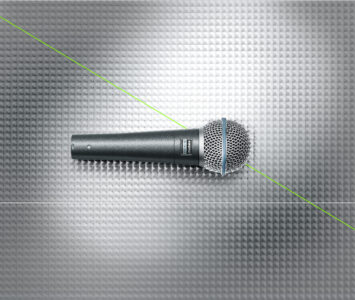 In a nutshell, the SM58 has a cardioid polar pickup pattern, while the Beta 58A has a supercardioid pattern.
In a nutshell, the SM58 has a cardioid polar pickup pattern, while the Beta 58A has a supercardioid pattern.
The grille on the Beta 58A is hardened, so it won’t dent as easily. Plus, it has an upgraded pneumatic shock mount system surrounding the capsule.
Shure’s Beta 58A also has a frequency response of 50 to 16,000 Hz, whereas the SM58 has a frequency response of 50 to 15,000 Hz.
Another key difference is that the SM58 provides less detail, which is considered better for vocals at louder volumes. The Beta 58A, on the other hand, offers 4dB extra volume and greater detail – it’s these upgrades that make the Beta 58A more expensive.
To fully understand the entire Shure BETA microphone range, check out our blog here.
Polar patterns
The major difference and one of the ultimate factors when it comes to choosing between the Shure Beta 58A and the SM58 is the polar pattern.
The Shure SM58 is a cardioid polar pattern, whereas the Beta 58A is a supercardioid polar pattern.
We’ve discussed polar patterns in detail in a previous article, and it’s highly recommended if you want to fully understand the benefits of different polar patterns.
BETA 58A Polar Pattern
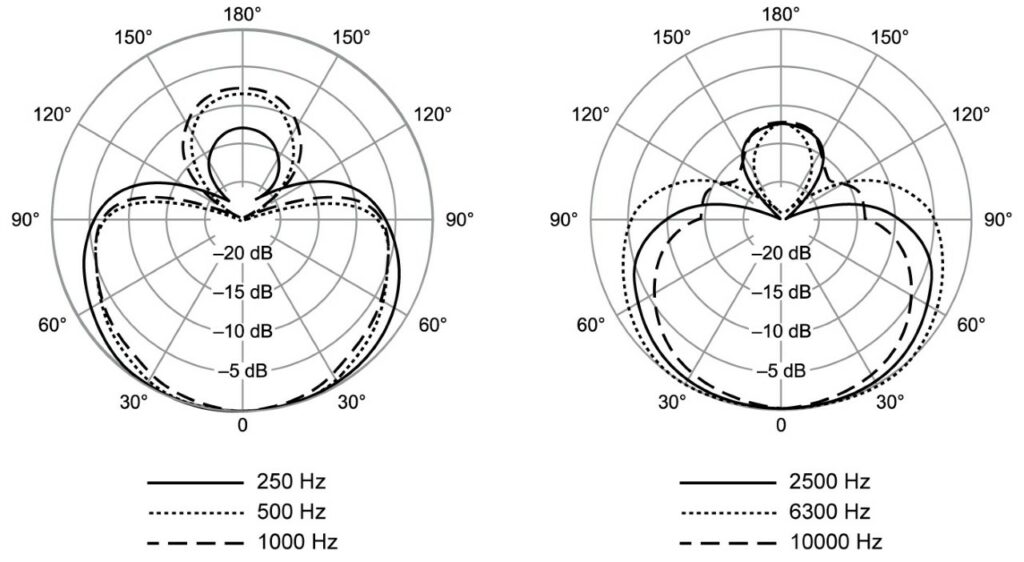
SM58 Polar Pattern
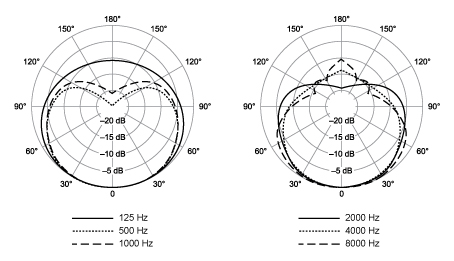
Why is this important?
In the world of live vocals, especially in a band scenario, the polar pattern could be the major difference you’re looking for. A cardioid polar pattern does a great job of rejecting off-axis sounds such as the drummer behind you, the crowd in front of you, or the guitarist next to you.
But there may be a touch of sonic bleed. Not a lot, but some.
This means the sound engineer may have to wrestle with your microphone volume as it picks up drummers, or your monitor speaker if you’re too close to the monitor. And this will cause feedback if your engineer needs to turn up the vocals in your monitor speaker.
The supercardioid polar pattern, however, does an incredible job of rejecting everything around it, honing the clarity of the sound source (your voice) and ignoring everything else. This means you get less sonic bleed from other instruments and your mic is far less likely to have feedback near a monitor speaker.
So, if you’re a singer with a quieter voice, and you need a lot of monitor sounds, the supercardioid pattern of the Beta 58A comes in really handy. However, if you’re quite shouty or enjoy singing at a semi-loud volume, then the SM58’s cardioid pattern is totally fine.
Both mics are directional, dynamic mics, but the Beta 58A would be considered highly directional.
Frequency range
Another key difference between the SM58 and the Beta 58A is the frequency response.
Straight out of the box, the Beta 58A provides more high-end detail thanks to the 50 to 16,000 Hz frequency response. The SM58 has a 50 to 15,000 Hz which makes a difference depending on what your voice sounds like.
Why is this important?
The extended high-end frequencies on the Beta 58A bring out more of the treble tones within your vocals and an overall presence boost that sits nicely in the mix whether recorded or in a live scenario.
However, the hidden talent within the Beta 58A is the bass roll-off. This means it doesn’t build up the “boominess” or bass sound, it just takes what it needs and discards the rest. However, it does eliminate some of the warmth. If you’re lucky enough to already have a bass-heavy voice then this is ideal. However, if you don’t, you risk losing that low-end detail.
This doesn’t mean the Beta 58A is “better”. The SM58 retains all the bass tonal qualities and warmth that you might need when you’re screaming your head off on stage – metal singers, I’m looking at you! But if you’re a singer with a bassy voice, you might find the SM58 a little overwhelming.
You’re basically choosing between warmth and high-end detail. The SM58 is far more forgiving and a touch muddier, whilst the Beta 58A is more detailed and transparent with a subtle lack in bass. If you’re a solo singer with a full range, then the Beta 58A might be better, but if you’re a rock singer, the SM58 will do you just fine.
Now, I mentioned volume…
Volume
Another key reason solo singers, lounge acts, and wedding duos favour the Beta 58A is the 4dB boost in output volume you get from the neodymium magnet. You’re going to stand out more on stage when your sound is powered by this boost.
Why is this important?
The 4dB boost is useful if you have whispered or “sing-speak” style vocals. It will come in handy as the engineer can drive the mic without running into feedback problems and the crowd can hear you clearly.
Again, this may not be that important to you. If you sing at a fairly regular level then the SM58 is, again, the industry-standard option.
If you’re more Cat Power or Billie Eilish-esque with whispered or “low” vocals, the Beta 58A will suit you. If you’re a Dave Grohl-style singer – shouty and loud, then the SM58 is great as you won’t need the volume boost and the engineer won’t have to battle the other instruments on stage to make you heard.
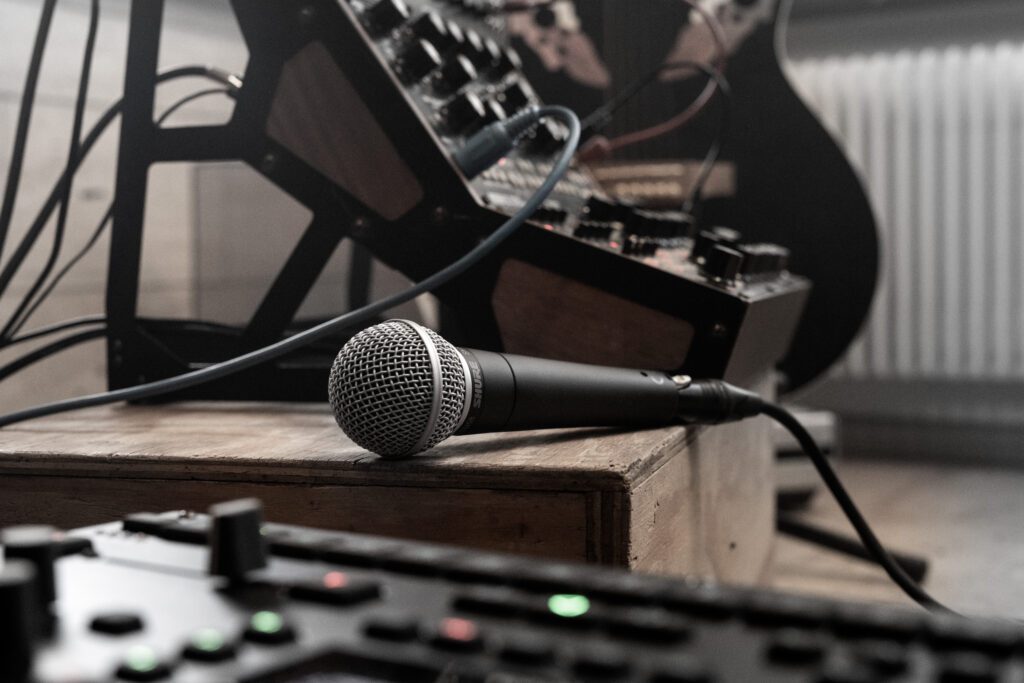
Grille
Both microphones are almost indestructible which is part of the reason you’ll probably never have to replace either of them. They’re that good. However, the grilles can sometimes get dented over years of use – it happens! The SM58 has a steel mesh grille whereas the Beta 58A has a hardened steel grille. This is a small, but very important feature.
Why is this important?
If you’re a singer who likes to move around the stage or even throw/swing microphones while performing, you’re going to enjoy the fact the Beta 58A’s grille is made from hardened steel which makes it a lot harder to dent. Again, this may or may not be important to you but it’s something to consider. There’s a functional reason that enables the Beta 58A to use this hardened steel grille which we’ll talk about in the shock mount section.
The SM58 has a regular steel mesh grille, which is still very hardwearing, but a little easier to collapse. This is to provide extra protection to the capsule, kind of like a crumple zone on a car. However, if you dent it, just unscrew it and push the dent out – easy!
Shock mount
I mentioned the functional difference in the grille. The Beta 58A has a hardened steel grille as it doesn’t need as much of a crumple zone thanks to the upgraded and advanced shock mount within.
Both microphones have a pneumatic shock mount, although the Beta 58A has a slightly upgraded version, which of course drives the price up a little.
Why is this important?
The shock mount difference is important for 2 reasons:
- It provides better overall protection to the capsule inside
- It reduces mechanical noise and vibrations making it into the mix
If you’re a travelling solo singer, this can make all the difference. Every detail is important. The advanced pneumatic shock mount prevents those knocks, bumps, and even vibrations from the room from making their way into the sound. If you’re podcasting at home, it’s equally as important as it ensures that handling noise is almost non-existent.
However, the SM58 is just as hard-wearing and the shock mount inside does a fantastic job of protecting the inner workings in conjunction with the slightly easier-to-dent grille. You might get a touch more handling noise when holding it. Again, this is something that may or may not be important to you.

Price
With all these upgrades and detailed tweaks, it’s understandable that the Beta 58A is a little more expensive. Everything from the shock mount system to the blue rubber band that stops the mic from rolling away all drives the cost up. However, if you want the extra detail, volume, and better off-axis rejection, then the Beta 58A beta is certainly worth the price tag.
If you still want incredible detail and a hard-wearing industry-standard workhorse of a mic that won’t ever let you down for way under £100, then the SM58 is equally worth the price. I, myself, own a Shure SM58 and have never had a problem with it – it’s a workhorse.
Similarities and differences between the Shure SM58 and Shure Beta 58A
Key similarities:
- Both mics are dynamic microphones
- Both mics are almost indestructible
- Both have replaceable steel grilles
- Both mics have extremely low handling noise thanks to the built-in shock mounts
- Both mics are designed for ergonomic placement in your hand
- Both mics are industry-standard vocal mics
- Both mics have a built-in pop filter
- Both mics have recessed cavity for XLR connection
Key differences:
- The SM58 has a cardioid polar pickup pattern
- The Beta 58A has a supercardioid pattern
- The grille on the Beta 58A is hardened steel
- The Beta 58A has an upgraded pneumatic shock mount system
- The Beta 58A has a frequency response of 50 to 16,000 Hz
- The SM58 has a frequency response of 50 to 15,000 Hz
- The Beta 58A has an automatic bass roll-off feature
- The SM58 provides less detail
- The Beta 58A offers 4dB extra volume and greater detail
- The Beta 58A has a blue rubber band around the mic to stop it from rolling away
- The Beta 58A is around 67% more expensive at the time of writing
Who are the SM58 and Beta 58A microphones better suited to?
Of course, this is completely subjective. But overall, the mics are better suited to different types of singers.
Who is the SM58 better suited to?
- Rock bands
- Metal bands
- Shoutier vocals
- Bands of all types
- Any live vocal, whether speaking or singing
Who is the Beta 58A better suited to?
- Solo acts
- Wedding duos
- Podcasters
- Rappers
- Spoken word artists
- Studio recording
- Those with heavier bass vocals
Final thoughts on the Shure SM58 vs Beta 58A debate
Overall, the final decision comes down to how you sing and how much you want to invest. You might find that the extra dB and detail on the Beta 58A bring out some subtleties you don’t need if you’re in a thrash metal band. Alternatively, the extra volume and added bass roll-off could be exactly what you need to take your performances to the next level, allowing you to really be heard on stage.
However, no matter what type of vocalist you are, the SM58 will always be there when you need it, an ever-present entity in venues owing to its complete all-rounder functionality.
I advise trying out both if you can, but if it’s the detail you want, go for the Beta 58A. If you’re after a hard-wearing and forgiving mic with a touch more bass, then the SM58 will outlast the most ardent of touring schedules and happily take decades of use.

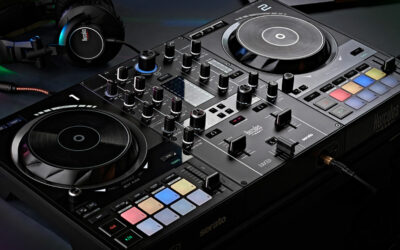
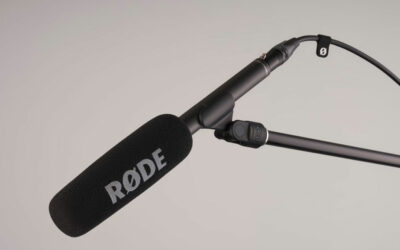


0 Comments